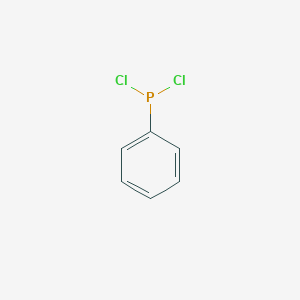1. Brooding During the brooding phase, maintaining high temperature and humidity is crucial. For the first three days, a temperature of 36°C with 85% humidity is ideal. This environment helps the chicks absorb the yolk efficiently and also helps reduce the risk of certain viral and bacterial infections, such as Infectious Bronchitis (IB), which often occurs around day three. Additionally, from day 13 to 14, there may be a temporary respiratory issue due to the late egg-laying period in the hens. 2. Nutrition and Management During Rearing Traditional farming practices often assume that hens don’t need much nutrition during the rearing phase since they aren't laying eggs yet. As a result, feed is sometimes low in energy and protein, and bran is added. However, this can lead to issues like vent pecking, prolapse, and long-term anal problems. In contrast, I believe that by day 90, hens should be on a high-quality feed without added bran, ensuring they have sufficient energy and nutrients for future production. Preventing coccidiosis during this time is also essential. Some farmers think that caged hens don’t need coccidiosis prevention because they will naturally recover, but this is a misconception. Coccidia can lead to more severe issues like necrotic enteritis if left unchecked, especially when symptoms are ignored or misdiagnosed. It’s recommended to start increasing calcium intake from day 80, adding about 1% calcium to the feed. This helps build up proper calcium reserves before egg production begins, reducing the occurrence of soft-shelled eggs and helping manage the peak laying period more effectively. Avoiding all forms of stress between day 105 and 119 is also important, as this is when the ovary and oviduct grow rapidly. Any stress during this time can negatively impact future egg production. 3. Early Stage Management The transition from rearing to egg production is a major physiological shift for hens. Stress during this time can cause diarrhea, which is a common problem. Many farmers only see vitamin C as a remedy for heat stress, but it's also an excellent anti-stress agent. Adding VC during this period can help reduce stress, and it’s important to include it in the feed during the early laying stage. However, it should not be overused, as excessive amounts can damage the kidneys and lead to chronic calcium-related diarrhea, which is difficult to treat. A recommended dosage is 2% when the laying rate reaches 5%, and 5% when it hits 50%, increasing to 8% at the peak of production. P,P-Dichlorophenylphosphine CAS No.644-97-3
Dichlorophenylphosphine Basic Information
Product Name: Dichlorophenylphosphine Phenylphosphonium dichloride,Diphenylphosphine chloride,Phenylphosphinic acid,2-hydroxyethylphenylphosphinic acid,Phenylphosphonic dichloride Shandong YingLang Chemical Co.,Ltd , https://www.sdylhgtrade.com
CAS: 644-97-3
MF: C6H5Cl2P
MW: 178.98
EINECS: 211-425-8
Mol File: 644-97-3.mol

Dichlorophenylphosphine Chemical Properties
Melting point: −51 °C(lit.)
Boiling point: 222 °C759 mm Hg(lit.)
Density: 1.319 g/mL at 25 °C(lit.)
Fp: >230 °F
Storage temp. :Store below +30°C.
Form: Liquid
Specific Gravity: 1.319 (20℃)
Color: Clear colorless to slightly yellow
Sensitive: Moisture Sensitive